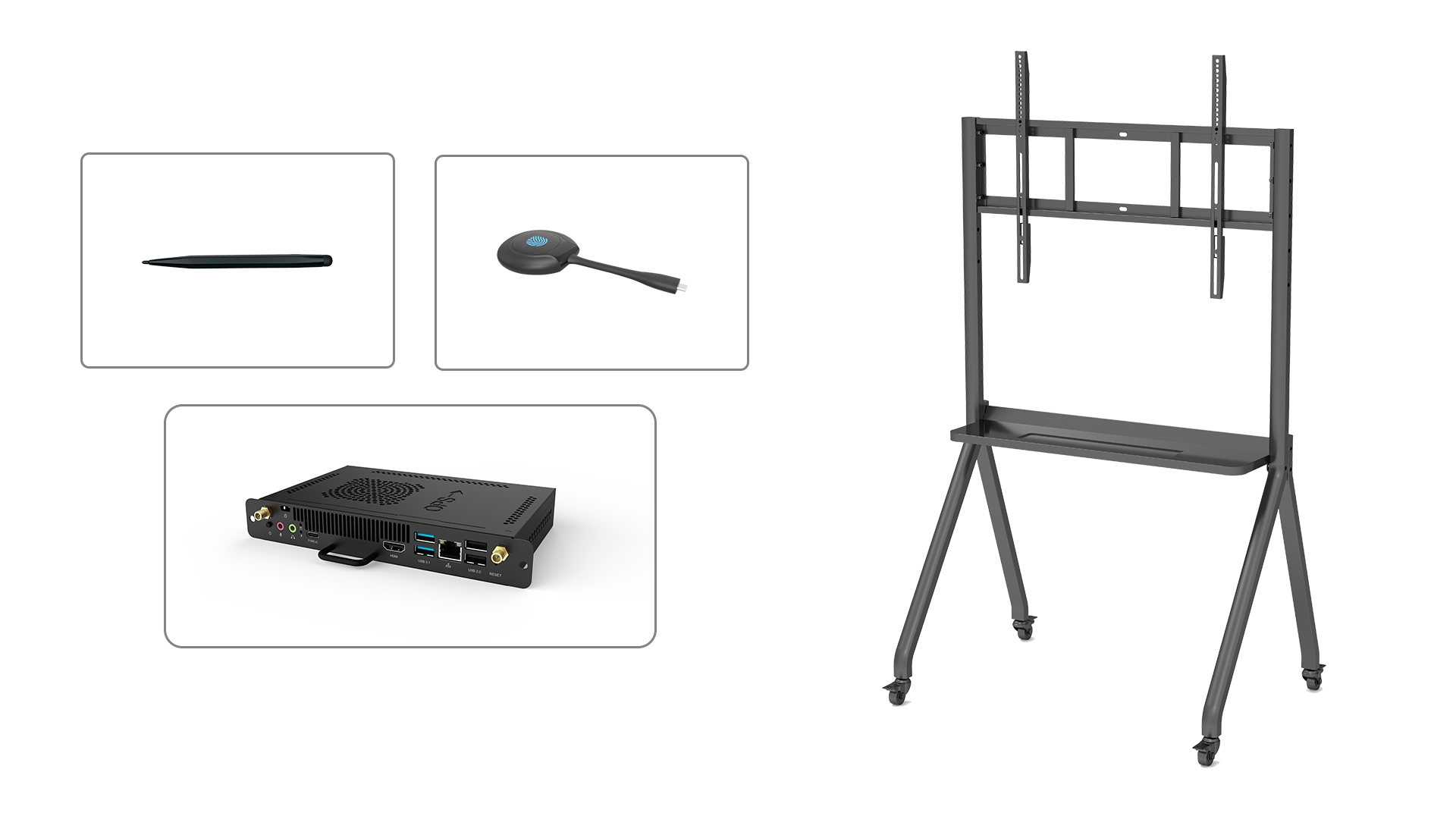Introduction
When it comes to interactive displays in classrooms and meeting rooms, smart boards have become increasingly popular. These innovative tools enhance collaboration, engagement, and productivity. However, with a wide range of smart board sizes available on the market, it can be challenging to determine which one is the best fit for your needs. In this article, we will explore the different smart board sizes and help you make an informed decision.
1. Compact Smart Board Sizes
If space is a concern, compact smart board sizes are a great option. These smaller boards typically range from 55 to 65 inches diagonally. They are perfect for limited spaces such as small classrooms or huddle rooms. Despite their smaller size, they still offer all the essential features of larger smart boards, including touch functionality, high-resolution displays, and connectivity options.
2. Standard Smart Board Sizes
Standard smart board sizes are the most commonly used in educational institutions and corporate settings. These boards typically range from 75 to 86 inches diagonally. They provide a larger display area, allowing for more flexibility in content creation and collaboration. With their bright and vibrant displays, standard smart boards ensure that every participant can easily see the content.
3. Large Smart Board Sizes
For larger venues and rooms, such as lecture halls or conference rooms, large smart board sizes are the ideal choice. These boards typically range from 98 to 105 inches diagonally. With their expansive display area, large smart boards enable presenters to deliver impactful presentations and engage with larger audiences. They are often equipped with advanced features like 4K resolution and multi-touch capabilities.
4. Ultra-Large Smart Board Sizes
When it comes to exceptional visual experiences, ultra-large smart board sizes take center stage. These boards measure over 105 inches diagonally and are designed for auditoriums, training centers, and other large-scale venues. Ultra-large smart boards offer stunning visuals, enabling presenters to captivate audiences and deliver immersive presentations. They are often accompanied by powerful sound systems to enhance the overall experience.
5. Consider the Room Size
When choosing a smart board size, it is important to consider the dimensions of the room or space where it will be installed. A compact smart board may be suitable for a small classroom, while a large board may be overwhelming in a small meeting room. Ensure that the chosen size complements the room and allows for comfortable viewing from all angles.
6. Viewing Distance Matters
The viewing distance plays a crucial role in determining the appropriate smart board size. If the audience will be sitting close to the board, a smaller size may be sufficient. However, if the viewers will be positioned further away, a larger board will be necessary to ensure clear visibility of the content. Consider the average viewing distance in your room to make the right choice.
7. Content Creation Requirements
The type of content you plan to create and display on the smart board should also influence your decision. If you require detailed diagrams, graphs, or intricate visuals, a larger board size will provide more space to work with and ensure clarity. On the other hand, if you primarily use the board for text-based content or simple presentations, a smaller size may suffice.
8. Collaborative Features
Smart boards offer a range of collaborative features, such as multi-touch capabilities and interactive pen support. When selecting a smart board size, consider the number of participants who will be using the board simultaneously. A larger board allows for more people to interact with the content comfortably, promoting teamwork and engagement.
9. Budget Considerations
Smart board sizes vary in price, with larger sizes generally costing more. It is essential to set a budget and determine how much you are willing to invest in a smart board. While larger sizes may offer additional features and benefits, make sure that the chosen size aligns with your budget constraints.
10. Future Growth and Scalability
Lastly, it is important to consider future growth and scalability. If you anticipate an increase in the number of participants or the need for more advanced features, it may be wise to choose a slightly larger smart board size than your current requirements. This ensures that your investment will serve you well in the long run and accommodate future needs.
Conclusion
Choosing the right smart board size is crucial to maximize its benefits and enhance collaboration and engagement. Consider the available space, viewing distance, content creation requirements, collaborative features, budget, and future growth to make an informed decision. Whether you opt for a compact size or an ultra-large display, a smart board will revolutionize the way you interact with content and transform your learning or meeting environment.






